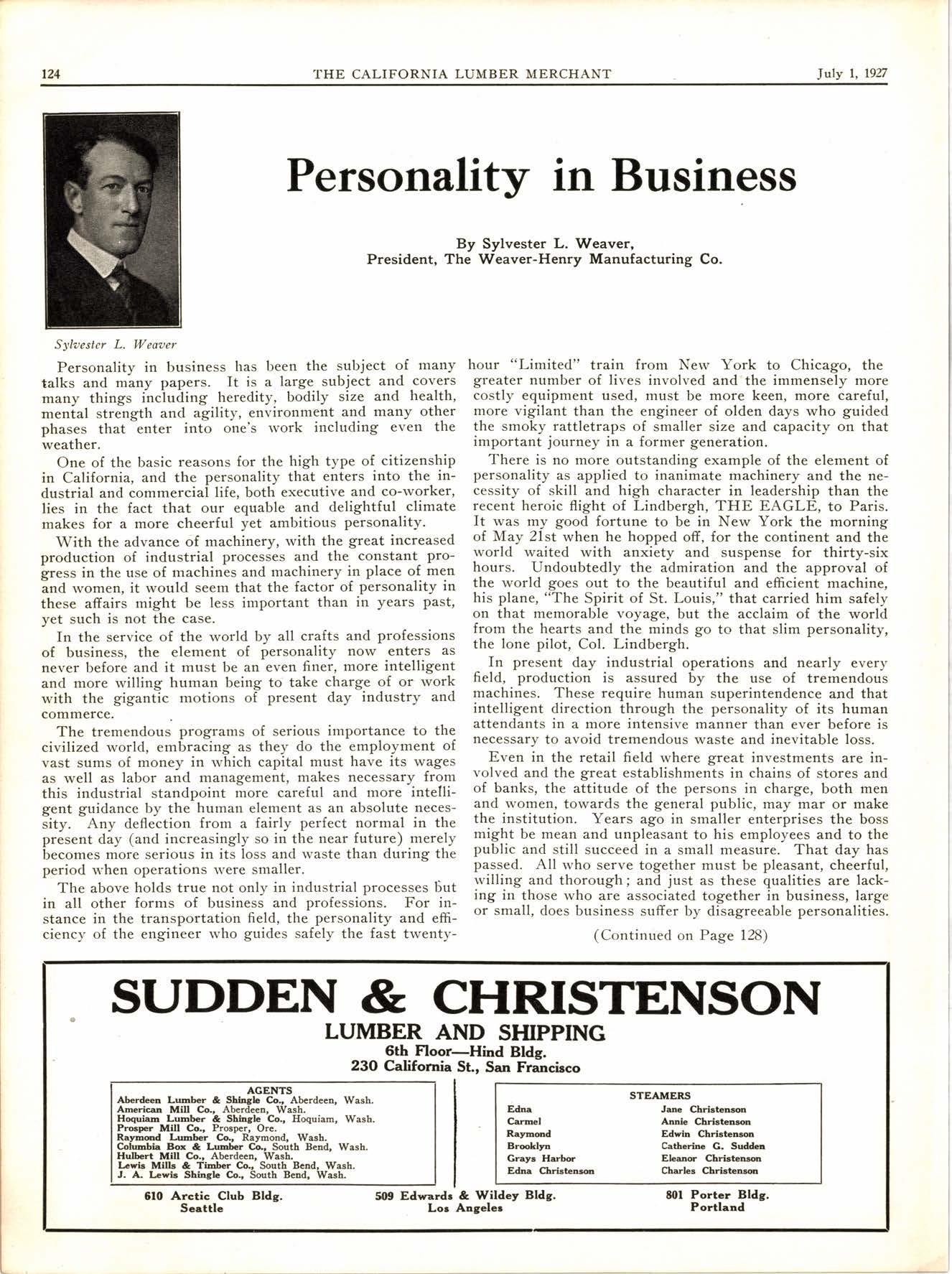
1 minute read
The Trend Is No$r Tolvard Better Building
exists for a thousand homes, the speculative builder has his innings.
Building booms bring cheap construction. When a demand a hiE Rows of cracker boxes spring up like mushrooms, high prersure salesmen rush prospects to the subdivision, homes are sold for a few hundred dollars down. The thing is always 6ysrdsn6-[6o many houses are built, they are built too cheaply, and too many people who cannot buy are persuaded to move in. The depression follows, when unsold hornes are dumped at what they will btiog, when dissatisfied buyers move out, when moneyless buyers sacrifice their equity.
This cycle has repeated itself so often that home buyers have begun to understand. It is getting harder to convince a family with only $50o.fi) that they should own one of these cheap homes. They prefer to wait until they can build to suit, and build well
Statistics support this. Building, during the first quarter a{ lg27 compared to first quarter 1926 fell ofr 5/r. Yet the consumption of California Redwood, one of the finest materials that can be built into a home, actually increased l4%.
This trend toward better construction is the best basis for sound growth and proaperity. [.et's help it along by carrying on hand and advocating qualrty grades of lurnber and improved patterns of siding- (Anzac and Economy).










